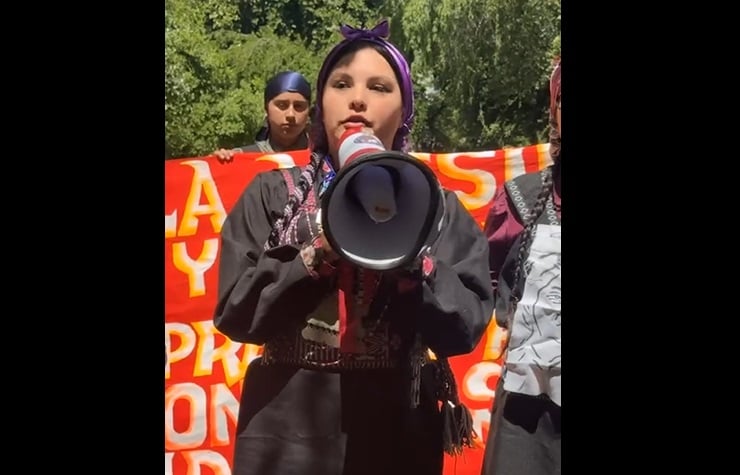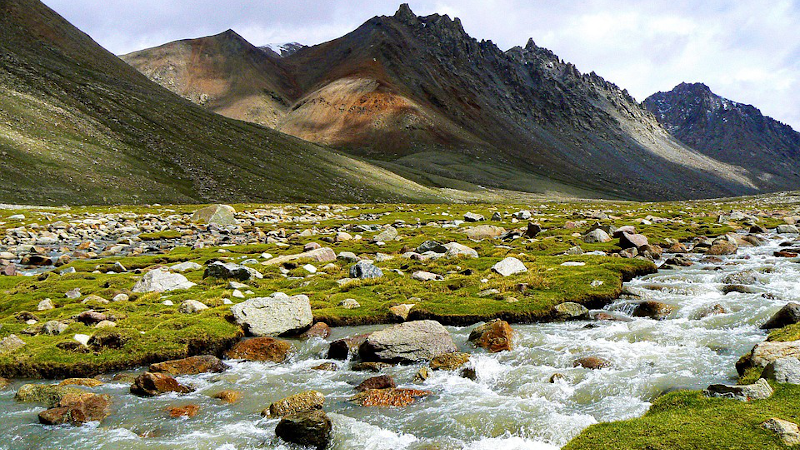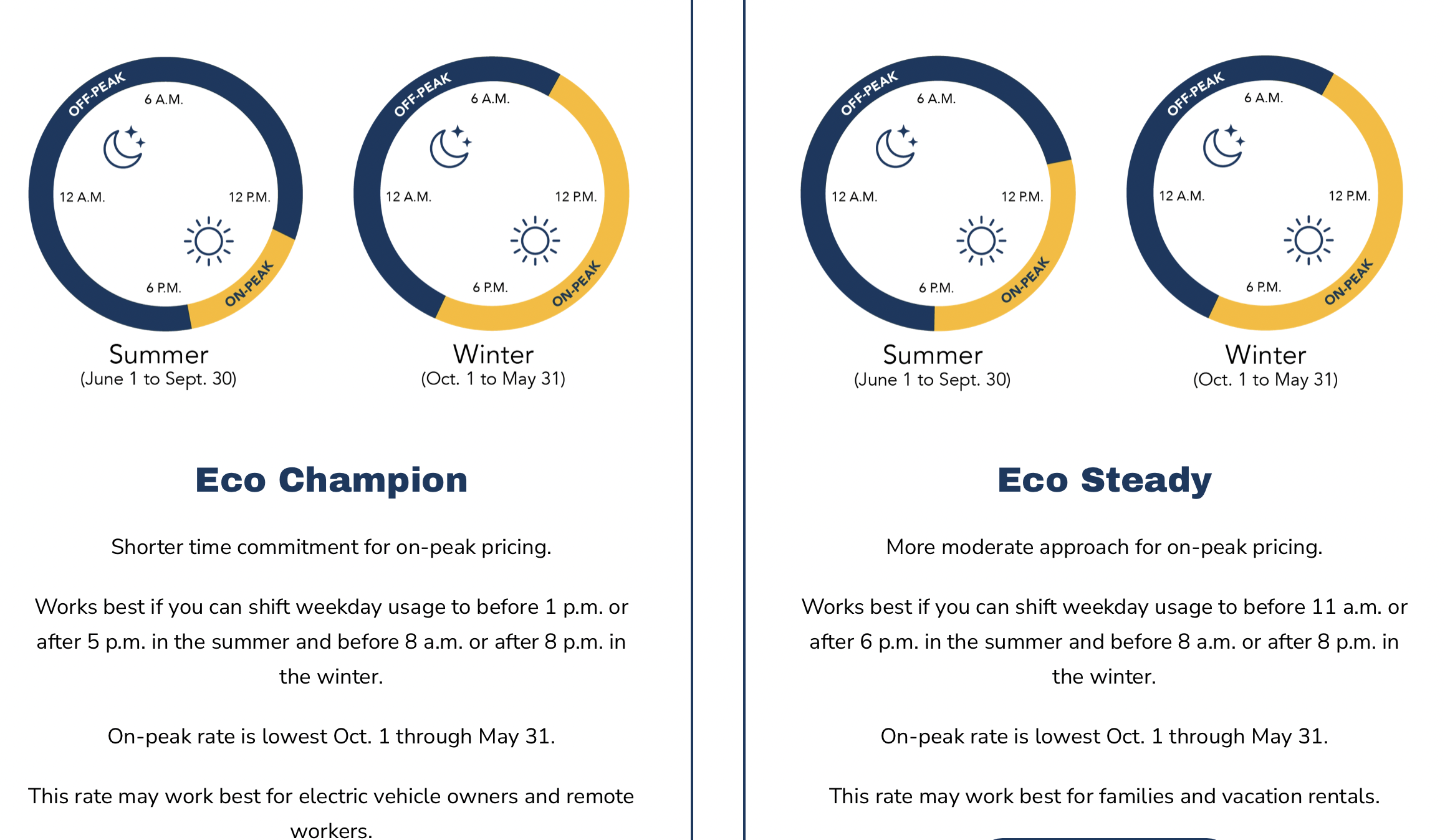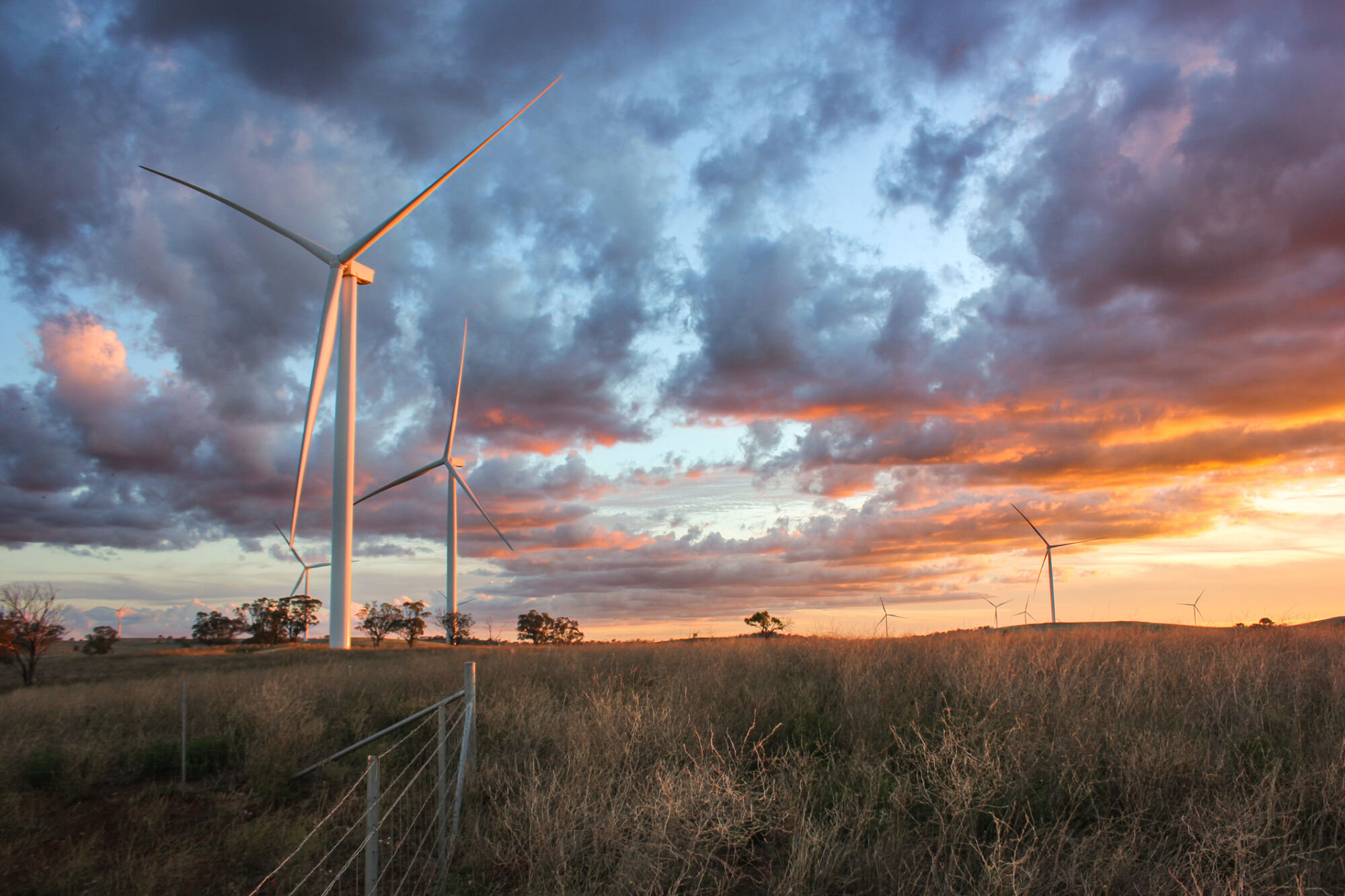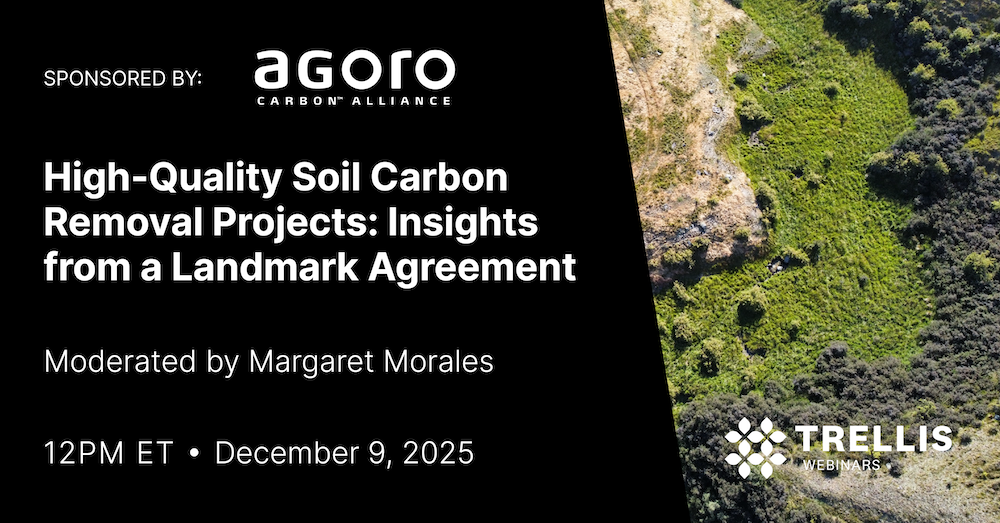‘Sea cows’: Florida’s protected manatees face danger from boaters – Tallahassee Democrat

Report on the Conservation Status and Ecological Significance of the Florida Manatee
Introduction: Biodiversity and Sustainable Development
Florida’s status as a biodiversity hotspot, with over 80 distinct ecosystems and 4,000 native animal species, underscores its critical role in achieving Sustainable Development Goal 15 (Life on Land). Within this context, the Florida manatee (Trichechus manatus latirostris) serves as a key indicator species for the health of coastal and freshwater environments, directly linking its welfare to the objectives of Sustainable Development Goal 14 (Life Below Water). This report details the biological, behavioral, and conservation aspects of the Florida manatee, emphasizing the human actions necessary to ensure its survival and support global sustainability targets.
Species Profile and Habitat Requirements
Biological and Physical Characteristics
The Florida manatee, a subspecies of the West Indian Manatee, possesses unique physiological traits relevant to its conservation:
- Physiology: Lacking significant blubber, manatees have low metabolic rates and are highly susceptible to cold stress, making them dependent on warm-water refuges.
- Diet: As large herbivores, they consume approximately 10% of their body weight in aquatic vegetation daily. Their dental adaptation of “marching molars” allows for the continuous replacement of teeth worn down by abrasive plants.
- Anatomy: Notable features include fingernails on their pectoral flippers, which contain bone structures similar to a human hand, and coarse hair distributed sparsely across their bodies.
Habitat and Migration Patterns
Manatee distribution is dictated by water temperature, a critical factor for their survival and a key consideration for SDG 14, which seeks to protect marine ecosystems.
- Seasonal Migration: During summer, manatees may travel as far north as Delaware Bay and west to Texas.
- Winter Aggregation: In colder months, they migrate back to Florida’s warm-water sites, such as natural springs and power plant discharge canals. The protection of these thermal refuges is paramount for the species’ survival.
Ecological Role and Human Interaction
Behavior and Diet
Often called “gentle giants,” manatees are non-aggressive animals whose behavior is centered on resting, traveling, and feeding. Their extensive grazing on seagrass and other aquatic plants is a vital ecosystem service that helps maintain the health and balance of coastal habitats, contributing directly to the resilience of life below water (SDG 14).
Threats and Conservation Mandates
Human activities pose the most significant threat to manatee populations, creating challenges for achieving both SDG 14 (Life Below Water) and SDG 11 (Sustainable Cities and Communities). As a protected species, it is illegal to harass, hunt, capture, or kill any marine mammal.
- Watercraft Collisions: The primary cause of manatee injury and mortality is collisions with boats. Scars from propellers are common identifiers on many living manatees.
- Habitat Loss: Degradation of coastal ecosystems, particularly the loss of seagrass beds due to pollution and development, threatens their primary food source.
- Harmful Human Interaction: Attracting manatees to docks and marinas by providing fresh water or food habituates them to dangerous environments, increasing the risk of injury from boats and infrastructure.
Guidelines for Sustainable Coexistence
Public Responsibility in Manatee Protection
Public adherence to responsible practices is essential for mitigating human impact and advancing conservation goals. The following actions are mandated to support the objectives of SDG 14 and promote sustainable human-wildlife interaction:
- Observe from a Distance: It is illegal to touch, feed, or otherwise interfere with manatees. Passive observation should be practiced to avoid altering their natural behavior.
- Practice Safe Boating: Boaters must operate at slow speeds in designated manatee zones and remain vigilant to avoid collisions. If manatees are spotted, boaters should carefully and slowly move away from them.
- Eliminate Harmful Attractants: Do not provide manatees with fresh water from hoses or any form of food. This prevents them from associating humans and developed areas with resources, which can lead to injury or death.
The conservation of the Florida manatee is a shared responsibility that reflects a community’s commitment to protecting its natural heritage and contributing to global sustainability. Collaborative efforts between government agencies, research institutions like UF/IFAS, and the public are fundamental to achieving these goals, embodying the principles of SDG 17 (Partnerships for the Goals).
1. Which SDGs are addressed or connected to the issues highlighted in the article?
The article discusses issues related to the conservation of Florida manatees, their habitat, and the broader biodiversity of the region. These topics are directly connected to the following Sustainable Development Goals:
- SDG 14: Life Below Water – This goal is relevant because manatees are marine mammals that inhabit coastal saltwater environments. The article discusses their presence in “shallow coastal waters,” threats from boaters, and their status as a protected species within these marine ecosystems.
- SDG 15: Life on Land – This goal is also addressed as manatees live in “both fresh and salt water,” including inland freshwater ecosystems like the Wakulla River and Blue Springs State Park mentioned in the article. The text also highlights Florida as a “biodiversity hot spot” with “more than 80 distinct ecosystems” and thousands of native animal species, connecting the protection of manatees to the broader conservation of terrestrial and freshwater biodiversity.
2. What specific targets under those SDGs can be identified based on the article’s content?
Based on the information provided, several specific targets under SDG 14 and SDG 15 can be identified:
SDG 14: Life Below Water
- Target 14.2: By 2020, sustainably manage and protect marine and coastal ecosystems to avoid significant adverse impacts… and take action for their restoration.
- Explanation: The article’s focus on protecting manatees, which are key inhabitants of Florida’s “shallow coastal waters,” aligns with this target. The advice for boaters to “slow down and carefully move away from manatees” and the warning that attracting them to docks “can result in manatees being injured” are direct actions aimed at protecting these coastal ecosystems and their inhabitants from adverse human impacts.
- Target 14.5: By 2020, conserve at least 10 per cent of coastal and marine areas…
- Explanation: The article states that “Manatees are a protected species.” This legal protection implies the existence of conservation measures and potentially designated protected areas within their coastal habitats, which is the core objective of this target.
SDG 15: Life on Land
- Target 15.1: By 2020, ensure the conservation, restoration and sustainable use of terrestrial and inland freshwater ecosystems and their services…
- Explanation: The article mentions manatees inhabiting freshwater locations like the “Wakulla River” and “Blue Springs State Park.” Efforts to protect manatees in these areas contribute to the overall conservation of these inland freshwater ecosystems.
- Target 15.5: Take urgent and significant action to reduce the degradation of natural habitats, halt the loss of biodiversity and, by 2020, protect and prevent the extinction of threatened species.
- Explanation: This is a highly relevant target. The article identifies the Florida manatee as a “protected species” facing threats, as evidenced by the image of a manatee with “scarring caused by boat propellers” and the mention of a “Manatee found dead in Wakulla River.” The entire article serves as an educational piece to promote actions that protect this species from threats and prevent further population decline.
3. Are there any indicators mentioned or implied in the article that can be used to measure progress towards the identified targets?
Yes, the article mentions or implies several indicators that can be used to measure progress:
Indicators for SDG 14 & SDG 15
- Manatee Population Count: The article includes a photo caption mentioning “counting West Indian Manatees.” This directly implies that the size of the manatee population is a key metric used to assess their conservation status. This can serve as an indicator for Target 15.5 (protecting threatened species).
- Number of Manatee Injuries and Mortalities: The article explicitly discusses threats, referencing a “dead manatee” and an “injured manatee.” The photo of an animal with “scarring caused by boat propellers” further highlights this issue. Therefore, tracking the number of manatee deaths and injuries, particularly those from human-related causes like boat strikes, is a critical indicator of the effectiveness of protection measures under Targets 14.2 and 15.5.
- Legal Protection Status: The statement that “Manatees are a protected species, so it is illegal to touch, feed or interfere with them in any way” points to an indicator. The existence and enforcement of such laws and regulations can be used to measure progress towards Target 14.5 and Target 15.5.
- Biodiversity and Ecosystem Health: The article opens by stating Florida is a “biodiversity hot spot” with “more than 80 distinct ecosystems.” The health and population trends of a keystone or flagship species like the manatee can serve as a proxy indicator for the overall health of the coastal and freshwater ecosystems they inhabit (Targets 14.2 and 15.1).
4. Table of SDGs, Targets, and Indicators
| SDGs | Targets | Indicators Identified in Article |
|---|---|---|
| SDG 14: Life Below Water | 14.2: Sustainably manage and protect marine and coastal ecosystems. |
|
| 14.5: Conserve coastal and marine areas. |
|
|
| SDG 15: Life on Land | 15.1: Ensure the conservation of terrestrial and inland freshwater ecosystems. |
|
| 15.5: Protect and prevent the extinction of threatened species. |
|
Source: tallahassee.com

What is Your Reaction?
 Like
0
Like
0
 Dislike
0
Dislike
0
 Love
0
Love
0
 Funny
0
Funny
0
 Angry
0
Angry
0
 Sad
0
Sad
0
 Wow
0
Wow
0
























